FOTO'S WORDEN LADEN ...
Referentie:
EDEN-T93939118
/ 93939118
Referentie:
EDEN-T93939118
Land:
PT
Stad:
Leiria Pousos Barreira e Cortes
Categorie:
Residentieel
Type vermelding:
Te koop
Type woning:
Grond
Omvang woning:
5.185 m²
GEMIDDELDE WONINGWAARDEN IN BARREIRA
VASTGOEDPRIJS PER M² IN NABIJ GELEGEN STEDEN
| Stad |
Gem. Prijs per m² woning |
Gem. Prijs per m² appartement |
|---|---|---|
| Leiria | EUR 1.507 | EUR 2.274 |
| Leiria | EUR 1.821 | EUR 2.422 |
| Alcobaça | EUR 1.658 | EUR 2.801 |
| Alcobaça | EUR 1.444 | - |
| Nazaré | - | EUR 2.667 |
| Rio Maior | EUR 1.530 | - |
| Santarém | EUR 1.213 | - |
| Nossa Senhora do Pópulo | - | EUR 1.625 |
| Nadadouro | EUR 2.362 | - |
| Foz do Arelho | EUR 2.598 | - |
| Condeixa-a-Nova | - | EUR 1.878 |
| Óbidos | EUR 2.710 | EUR 3.499 |
| Bombarral | EUR 1.560 | EUR 1.847 |
| Cadaval | EUR 1.256 | - |
| Coimbra | EUR 1.666 | EUR 2.816 |
| Lourinhã | EUR 2.703 | EUR 3.251 |


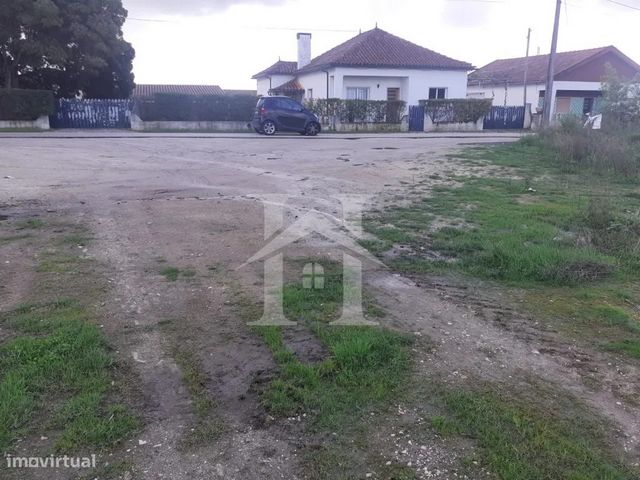


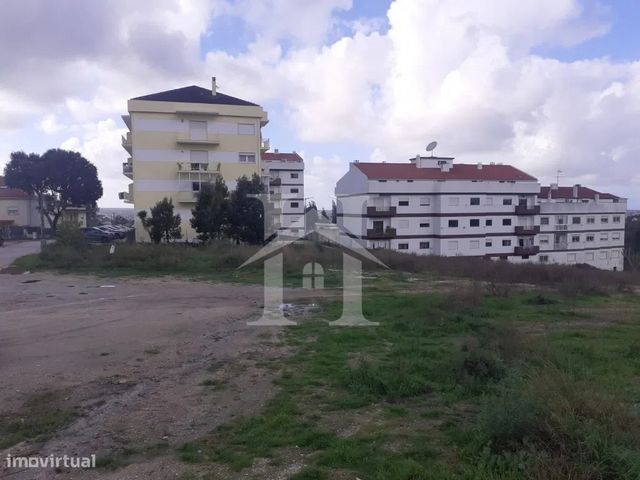
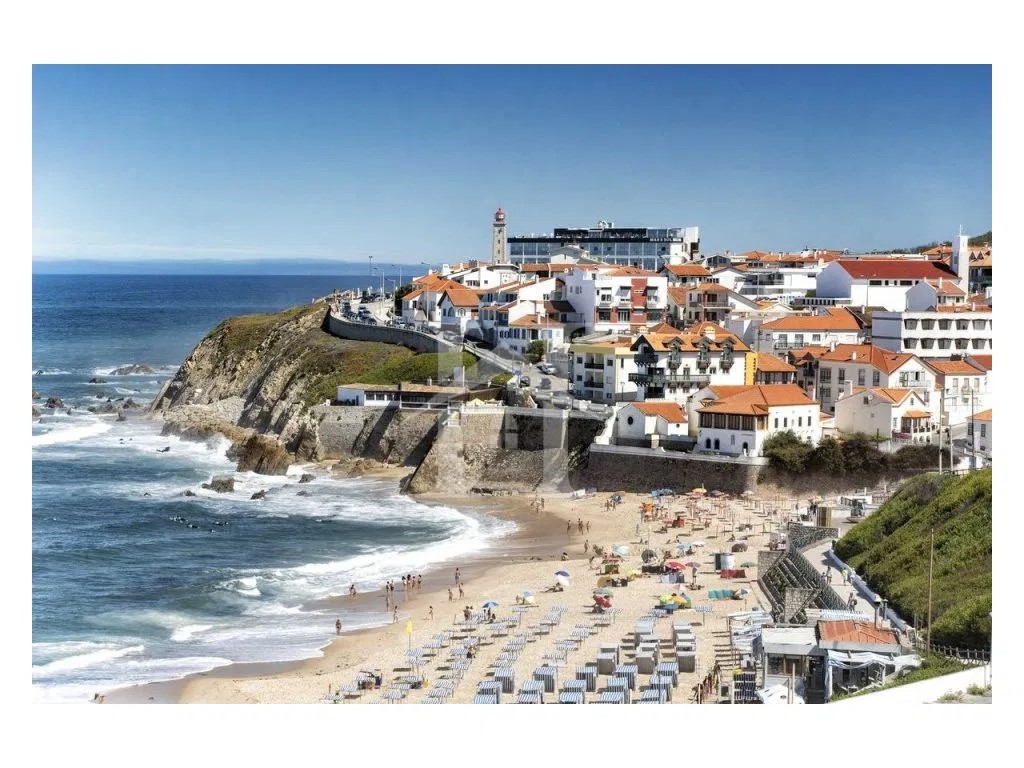
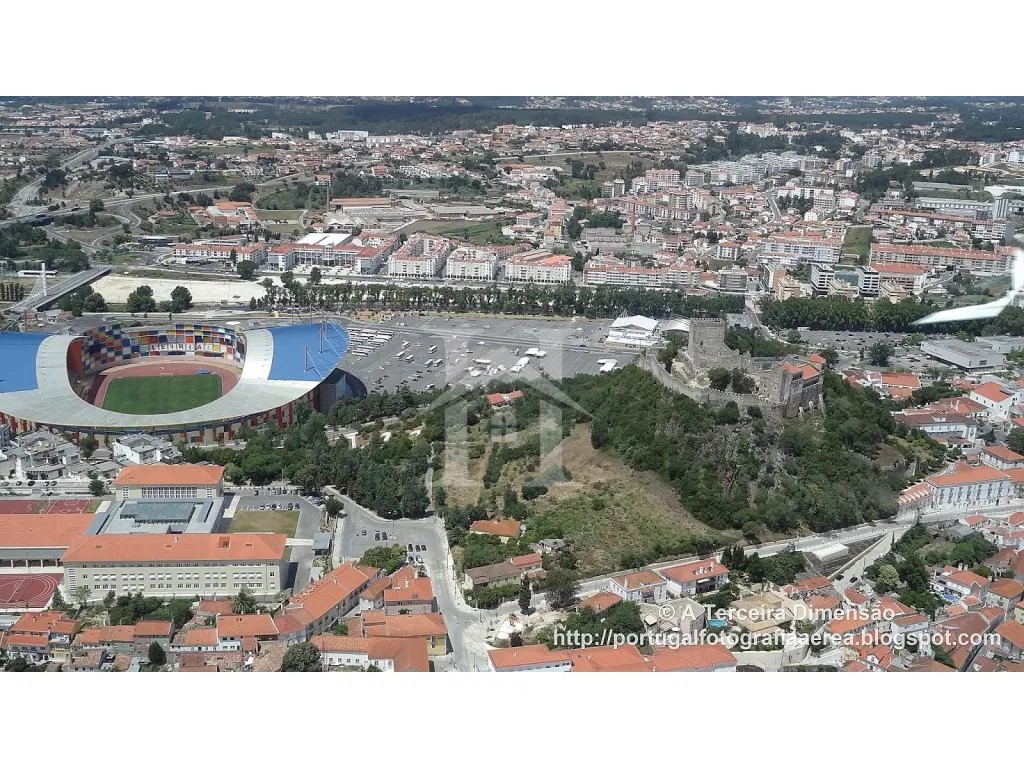
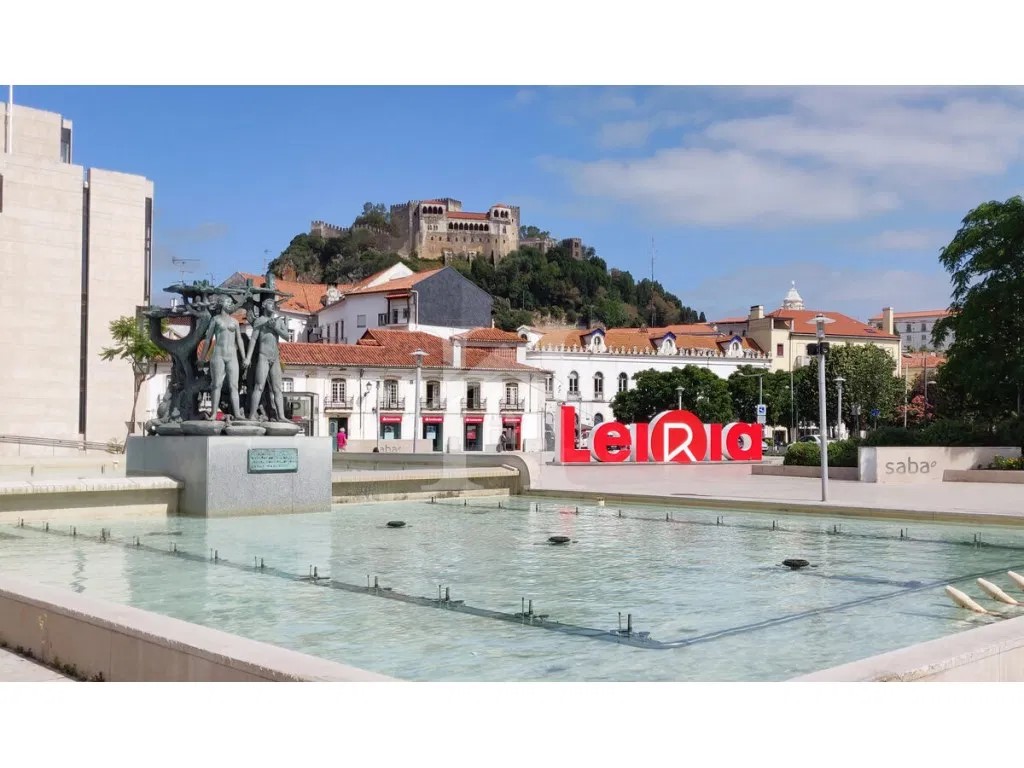
Terreno localizado muito próximo do centro de Leiria, numa zona tranquila servida por transportes públicos e com bons acessos a comércio, serviços, hospital, etc.
NOTA: Excelente oportunidade de investimento, para quem quiser apostar na nova construção e com garantia de um bom retorno financeiro.
Ficou com duvidas? Não hesite em contactar-nos!
AliasHouse - Real Estate dispõe de uma equipa que pode ajudá-lo com rigor e confiança em todo o processo de compra, venda ou arrendamento do seu imóvel.
Deixe-nos o seu contacto e nós ligamos-lhe sem custos!
Zona Envolvente: (Para quem não conheça a zona de Leiria)
O primeiro núcleo da cidade de Leiria surge, por razões defensivas, no séc. XII, em plena reconquista do território aos mouros, com a edificação do castelo em 1135 por D. Afonso Henriques.
O crescimento extra-muros deu-se primeiro a norte, no sopé do morro do Castelo, e depois para sul, no vale junto ao rio, em torno da Igreja de S. Martinho.
A 13 de Junho de 1545, Leiria foi elevada a cidade, sendo objeto de dois importantes acontecimentos: a demolição da Igreja de S. Martinho, que deu origem à abertura da Praça de S. Martinho, hoje denominada Rodrigues Lobo e a construção da Sé.
No séc. XVIII são executadas as obras de regularização do leito do rio, que o desviaram 100 metros para sul, permitindo criar o Rossio.
No séc. XIX, destacam-se: a destruição provocada pelas Invasões Francesas; a demolição do palácio dos Vila-Real, que permitiu a abertura, a sul, da Praça Rodrigues Lobo e uma ligação mais franca ao Rossio, bem como a abertura de novos arruamentos para facilitar a circulação.
O Centro Histórico que hoje conhecemos é um legado sobretudo do séc. XIX, já que a maior parte do edificado é dessa altura, embora persista a matriz da malha urbana medieval.
Este anúncio foi publicado por rotina informática. Todos os dados carecem de confirmação junto da imobiliária.
.
.
.
Categoria Energética: Isento
Urban land with project, located in Leiria with a total area of 5185 m2, with feasibility for the construction of 2 buildings in a closed condominium, with 36 dwellings, divided into typologies T1, T2 and T3.
Land located very close to the centre of Leiria, in a quiet area served by public transport and with good access to shops, services, hospital, etc.
NOTE: Excellent investment opportunity, for those who want to bet on new construction and with a guarantee of a good financial return.
Do you have questions? Do not hesitate to contact us!
AliasHouse - Real Estate has a team that can help you with rigor and confidence throughout the process of buying, selling or renting your property.
Leave us your contact and we will call you free of charge!
Surrounding Area: (For those who don't know the Leiria area)
The first nucleus of the city of Leiria appears, for defensive reasons, in the century. XII, in full reconquest of the territory from the Moors, with the construction of the castle in 1135 by D. Afonso Henriques.
The extra-mural growth took place first to the north, at the foot of the Castle hill, and then to the south, in the valley by the river, around the Church of S. Martinho.
On June 13, 1545, Leiria was elevated to city, being the object of two important events: the demolition of the Church of S. Martinho, which gave rise to the opening of Praça de S. Martinho, today called Rodrigues Lobo and the construction of the Cathedral.
In the century. XVIII are carried out the works to regularise the riverbed, which diverted it 100 meters to the south, allowing the creation of Rossio.
In the century. XIX, the following stand out: the destruction caused by the French Invasions; the demolition of the Vila-Real palace, which allowed the opening, to the south, of Praça Rodrigues Lobo and a more open connection to Rossio, as well as the opening of new streets to facilitate circulation.
The Historic Center that we know today is a legacy mainly of the century. XIX, since most of the buildings are from that time, although the matrix of the medieval urban fabric persists.
This ad was published by computer routine. All data needs to be confirmed by the real estate agency.
.
Energy Rating: Exempt Meer bekijken Minder bekijken Terreno urbano com projecto, localizado em Leiria com uma área total de 5185 m2, com viabilidade para construção de 2 prédios em condomínio fechado, com 36 fogos, dividindo-se em tipologias T1, T2 e T3.
Terreno localizado muito próximo do centro de Leiria, numa zona tranquila servida por transportes públicos e com bons acessos a comércio, serviços, hospital, etc.
NOTA: Excelente oportunidade de investimento, para quem quiser apostar na nova construção e com garantia de um bom retorno financeiro.
Ficou com duvidas? Não hesite em contactar-nos!
AliasHouse - Real Estate dispõe de uma equipa que pode ajudá-lo com rigor e confiança em todo o processo de compra, venda ou arrendamento do seu imóvel.
Deixe-nos o seu contacto e nós ligamos-lhe sem custos!
Zona Envolvente: (Para quem não conheça a zona de Leiria)
O primeiro núcleo da cidade de Leiria surge, por razões defensivas, no séc. XII, em plena reconquista do território aos mouros, com a edificação do castelo em 1135 por D. Afonso Henriques.
O crescimento extra-muros deu-se primeiro a norte, no sopé do morro do Castelo, e depois para sul, no vale junto ao rio, em torno da Igreja de S. Martinho.
A 13 de Junho de 1545, Leiria foi elevada a cidade, sendo objeto de dois importantes acontecimentos: a demolição da Igreja de S. Martinho, que deu origem à abertura da Praça de S. Martinho, hoje denominada Rodrigues Lobo e a construção da Sé.
No séc. XVIII são executadas as obras de regularização do leito do rio, que o desviaram 100 metros para sul, permitindo criar o Rossio.
No séc. XIX, destacam-se: a destruição provocada pelas Invasões Francesas; a demolição do palácio dos Vila-Real, que permitiu a abertura, a sul, da Praça Rodrigues Lobo e uma ligação mais franca ao Rossio, bem como a abertura de novos arruamentos para facilitar a circulação.
O Centro Histórico que hoje conhecemos é um legado sobretudo do séc. XIX, já que a maior parte do edificado é dessa altura, embora persista a matriz da malha urbana medieval.
Este anúncio foi publicado por rotina informática. Todos os dados carecem de confirmação junto da imobiliária.
.
.
.
Categoria Energética: Isento
Urban land with project, located in Leiria with a total area of 5185 m2, with feasibility for the construction of 2 buildings in a closed condominium, with 36 dwellings, divided into typologies T1, T2 and T3.
Land located very close to the centre of Leiria, in a quiet area served by public transport and with good access to shops, services, hospital, etc.
NOTE: Excellent investment opportunity, for those who want to bet on new construction and with a guarantee of a good financial return.
Do you have questions? Do not hesitate to contact us!
AliasHouse - Real Estate has a team that can help you with rigor and confidence throughout the process of buying, selling or renting your property.
Leave us your contact and we will call you free of charge!
Surrounding Area: (For those who don't know the Leiria area)
The first nucleus of the city of Leiria appears, for defensive reasons, in the century. XII, in full reconquest of the territory from the Moors, with the construction of the castle in 1135 by D. Afonso Henriques.
The extra-mural growth took place first to the north, at the foot of the Castle hill, and then to the south, in the valley by the river, around the Church of S. Martinho.
On June 13, 1545, Leiria was elevated to city, being the object of two important events: the demolition of the Church of S. Martinho, which gave rise to the opening of Praça de S. Martinho, today called Rodrigues Lobo and the construction of the Cathedral.
In the century. XVIII are carried out the works to regularise the riverbed, which diverted it 100 meters to the south, allowing the creation of Rossio.
In the century. XIX, the following stand out: the destruction caused by the French Invasions; the demolition of the Vila-Real palace, which allowed the opening, to the south, of Praça Rodrigues Lobo and a more open connection to Rossio, as well as the opening of new streets to facilitate circulation.
The Historic Center that we know today is a legacy mainly of the century. XIX, since most of the buildings are from that time, although the matrix of the medieval urban fabric persists.
This ad was published by computer routine. All data needs to be confirmed by the real estate agency.
.
Energy Rating: Exempt